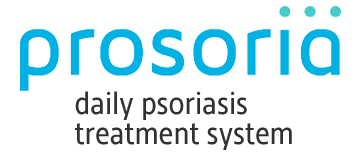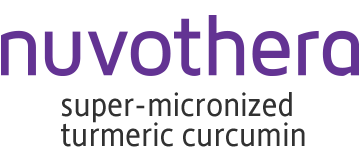
Affecting up to 7.5 million Americans, psoriasis is considered the most prevalent immune-mediated disease in the United States. Though it is still unclear exactly what causes plaque psoriasis, an estimated 125 million people suffer from psoriasis worldwide. That’s two to three percent of the total global population.
While it might initially seem like a mere skin disease, psoriasis has a massive effect on a person’s general health and quality of life. Part of that comes from just how unpredictable the disease can be.
Plaque psoriasis works in cycles of flare-ups that might last weeks to months, followed by a period of rest or remission without any symptoms. The stages of plaque psoriasis and other forms of the disease can vary based on severity as well, with some people only suffering from small spots of flaking, while others may develop huge breakouts covering large areas of skin. Here’s a closer look at the different stages of plaque psoriasis.
Mild Plaque Psoriasis
The severity of plaque psoriasis is based mainly on how much of your body is actually affected by the disease. One of your hands, including your fingers and palm, is equivalent to about 1 percent of your total body surface area. With the mild, beginning stages of plaque psoriasis, the disease covers less than 3 percent of your body. These plaque psoriasis spots can appear as smaller, red lesions that appear dry and flaky.
Mild plaque psoriasis is thankfully the easiest to treat. Most treatment plans for mild psoriasis involve the use of topical treatments, including moisturizers, creams, and shampoo. The types of topical treatments include:
- Topical Corticosteroids – These are the most frequently prescribed form of treatment for plaque psoriasis in the early stages. Topical Corticosteroids can help to relieve itching and reduce skin inflammation to reduce the appearance of lesions.
- Anthralin – Anthralin helps to slow down and regulate the rapid skin cell growth while also removing scales and promoting smoother skin.
- Topical retinoids – Retinoids are derived from vitamin A and can help to reduce inflammation and encourage the shedding of dead skin cells.
- Coal tar – Coal tar is a derivative of coal and can help with itching, inflammation, and scaling.
- Salicylic acid – Salicylic acid could help reduce inflammation, scaling, and promote the shedding of dead skin cells.
Some topical plaque psoriasis treatments can be irritating to your skin, but for the most part, they are generally effective in managing and reducing the symptoms of mild psoriasis. Your doctor may also recommend using multiple topical treatments in combination to enhance effects, ensuring that you’ll easily reach the plaque psoriasis healing stages.
Moderate Plaque Psoriasis
Moderate psoriasis covers 3 to 10 percent of your total body surface area. Many of the topical treatments used to treat mild psoriasis can still be effective with moderate psoriasis. However, your doctor will also likely recommend other forms of treatment, particularly phototherapy.
Phototherapy, or light therapy, involves the use of controlled amounts of ultraviolet light to reduce the symptoms of psoriasis. The simplest form of this is exposure to sunlight. Exposing your skin to sunlight can help to slow down skin cell turnover while reducing scaling and inflammation. Of course, excessive sunlight exposure can lead to irritation and potentially make plaque psoriasis symptoms worse.
UVB phototherapy involves controlled amounts of UVB light from an ultraviolet artificial light source. This can be used to treat single, small patches as well as more widespread psoriasis.
Severe Plaque Psoriasis
Severe plaque psoriasis refers to lesions that cover over 10 percent of your total body surface. At this point, topical treatments can still help to manage some symptoms, but you will likely require more powerful forms of treatment. Oral or injected medications, also known as systemic medications, are highly effective but can also come with more serious side effects, which is why some are only prescribed for shorter periods of time and alternated with other forms of treatment. Common oral and injected medications include:
- Cyclosporine – This medication can help to suppress your overactive immune system to prevent the sudden speed up of skin cell turnover.
- Methotrexate – Methotrexate can help to relieve inflammation and reduce the production of skin cells.
- Biologics – Biologics act to suppress your immune system. These are injected and administered via IV and are most often reserved for those who have severe or chronic psoriasis that has not responded to other forms of treatment.
Even if psoriasis affects a small portion of your body, it can still have a significant impact on your quality of life. If you have any more questions about psoriasis or how you can treat it, please visit Prosoria.com for more information!
Sources:
- https://www.psoriasis.org/content/statistics
- https://www.psoriasis.org/about-psoriasis
- https://www.mayoclinic.org/diseases-conditions/psoriasis/diagnosis-treatment/drc-20355845

